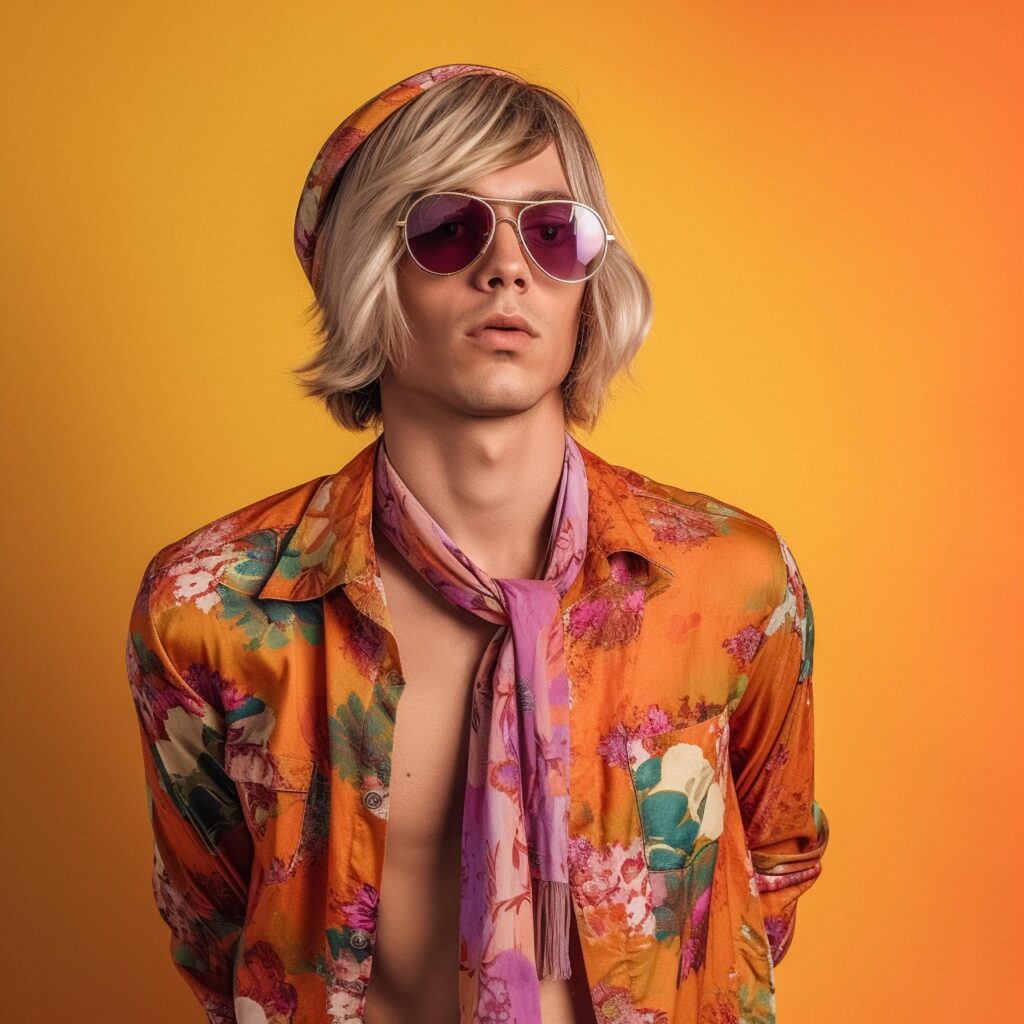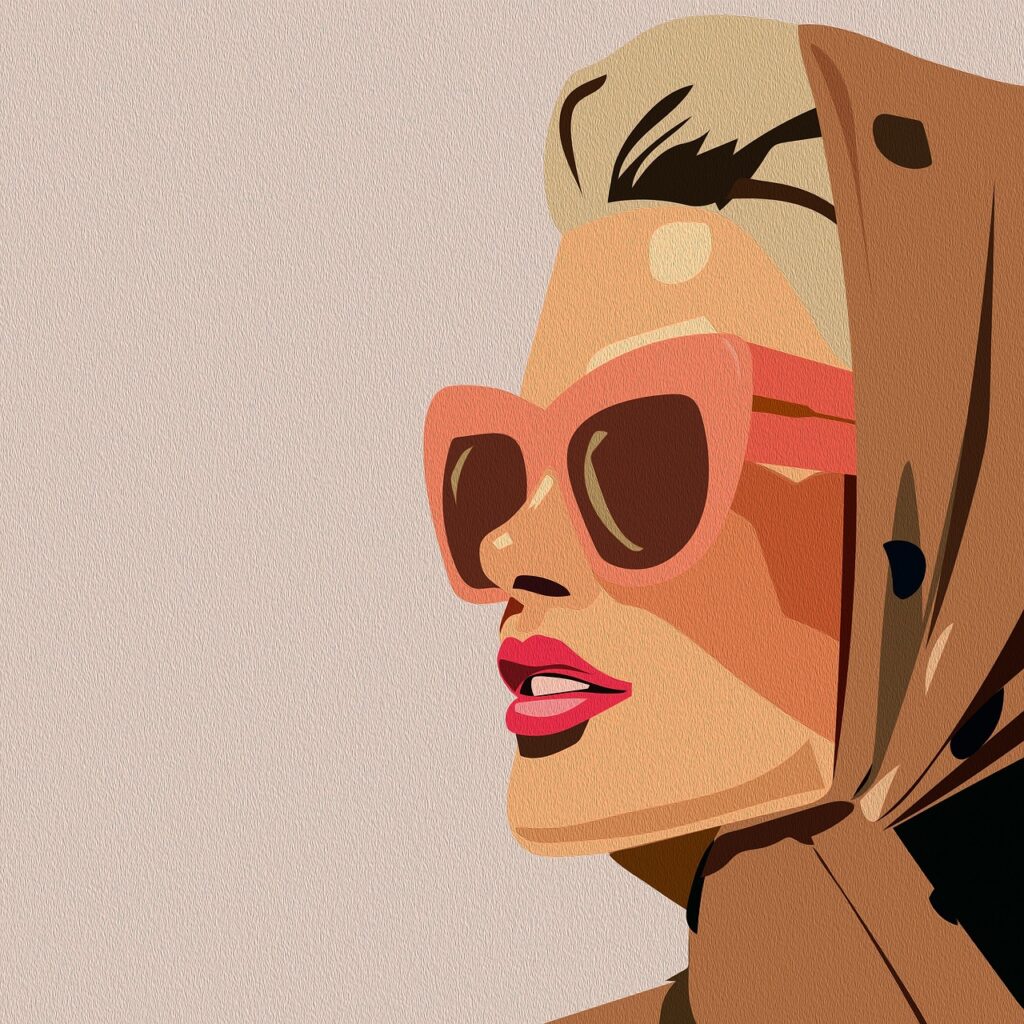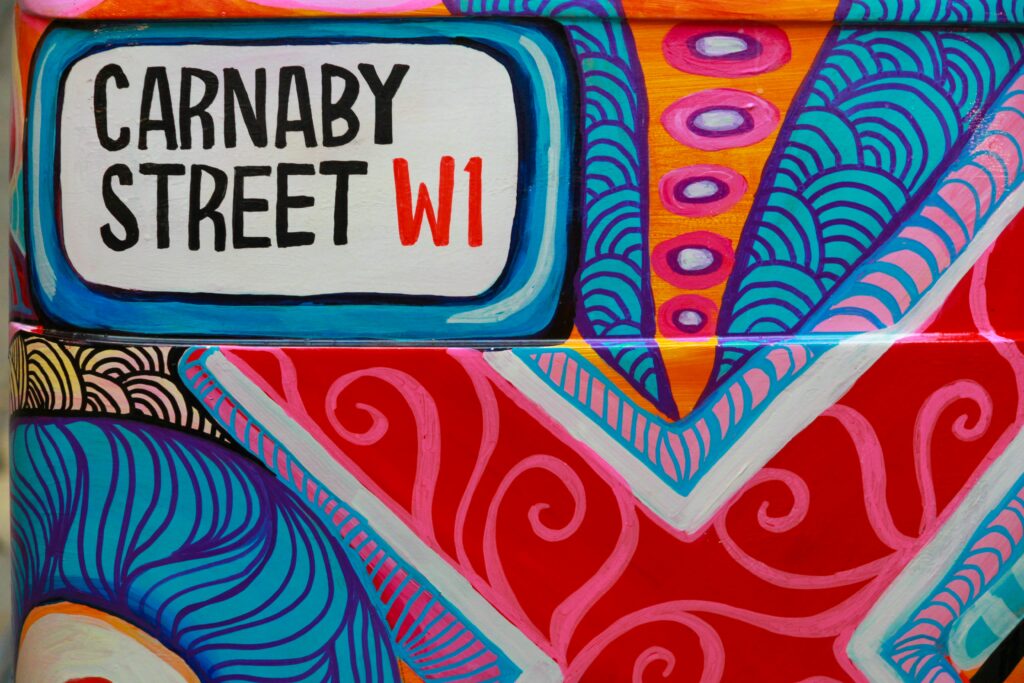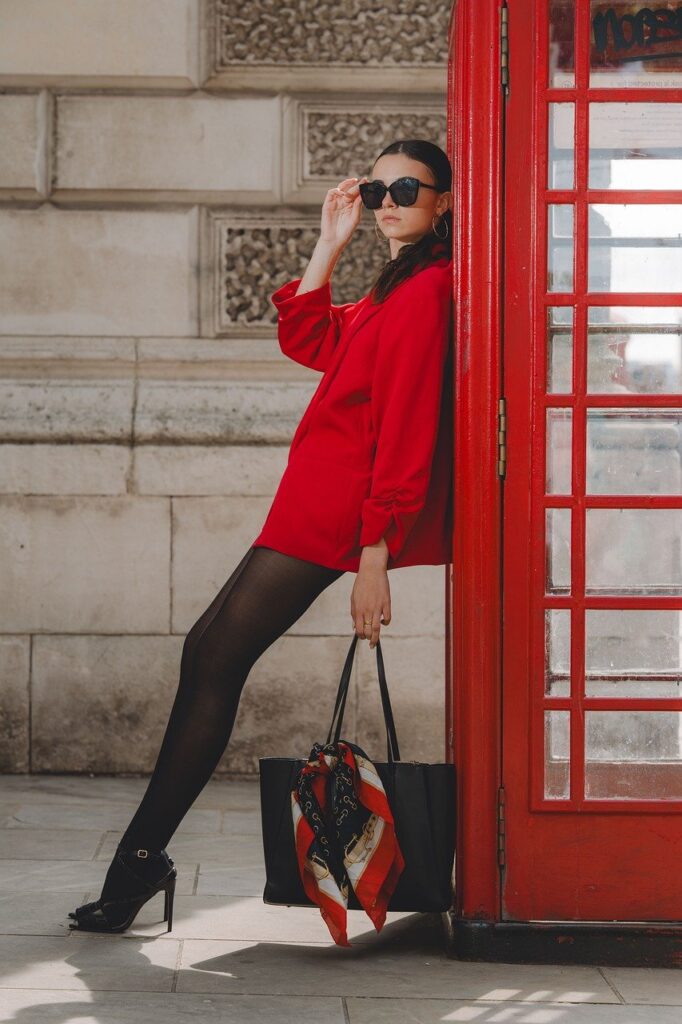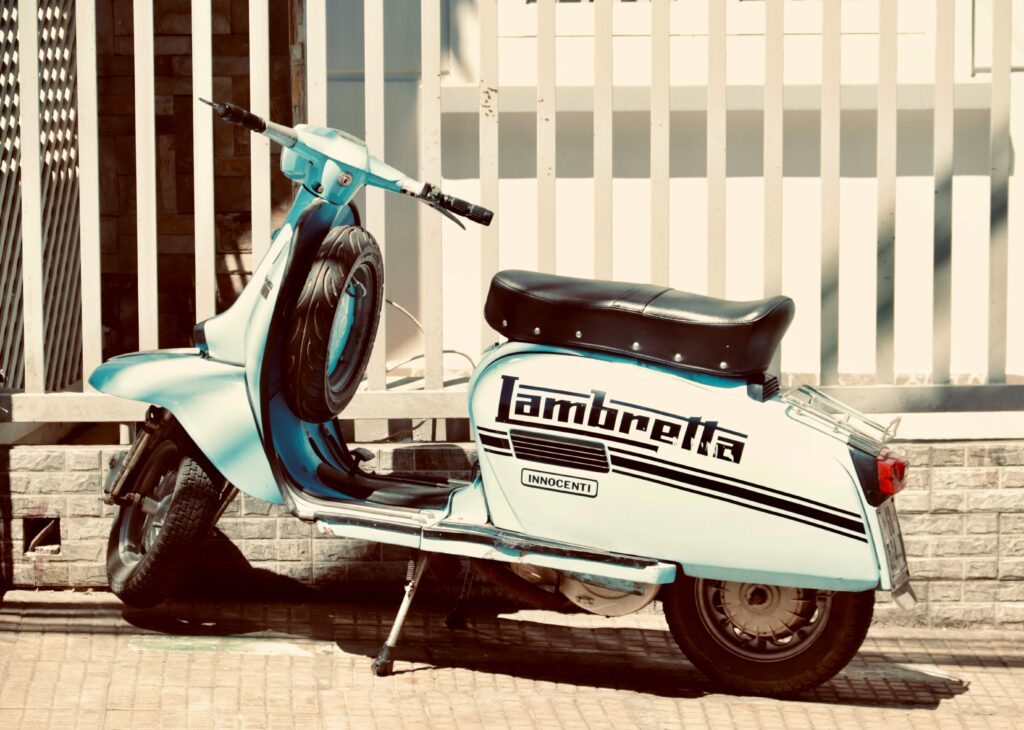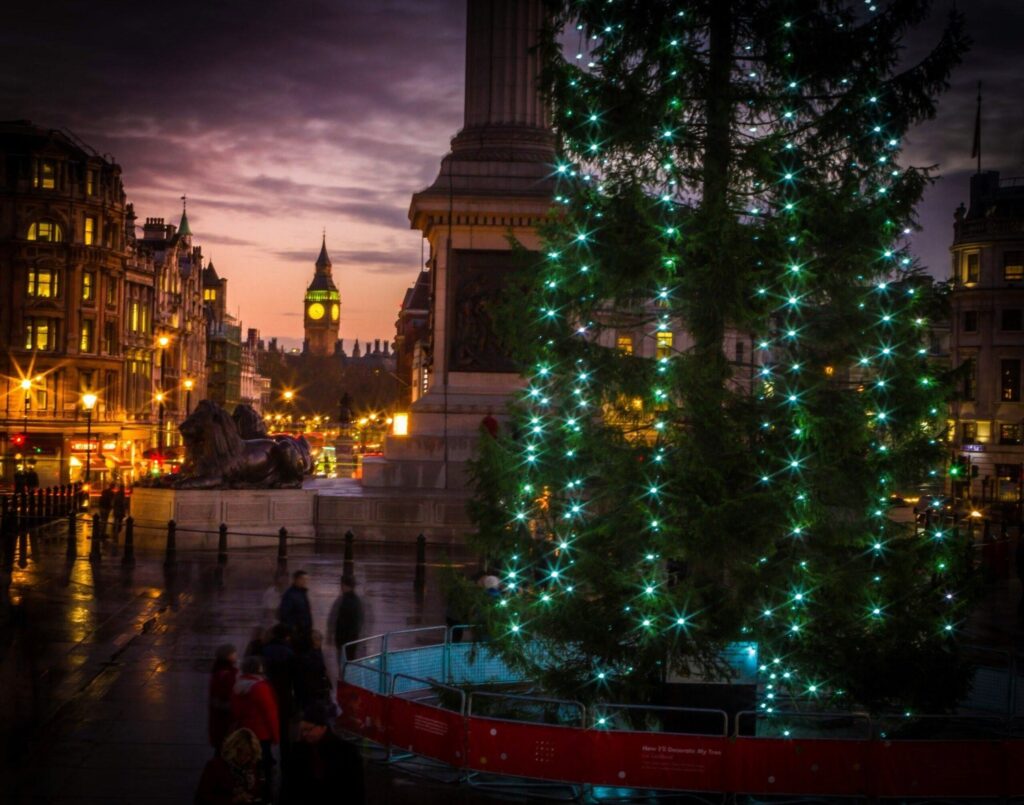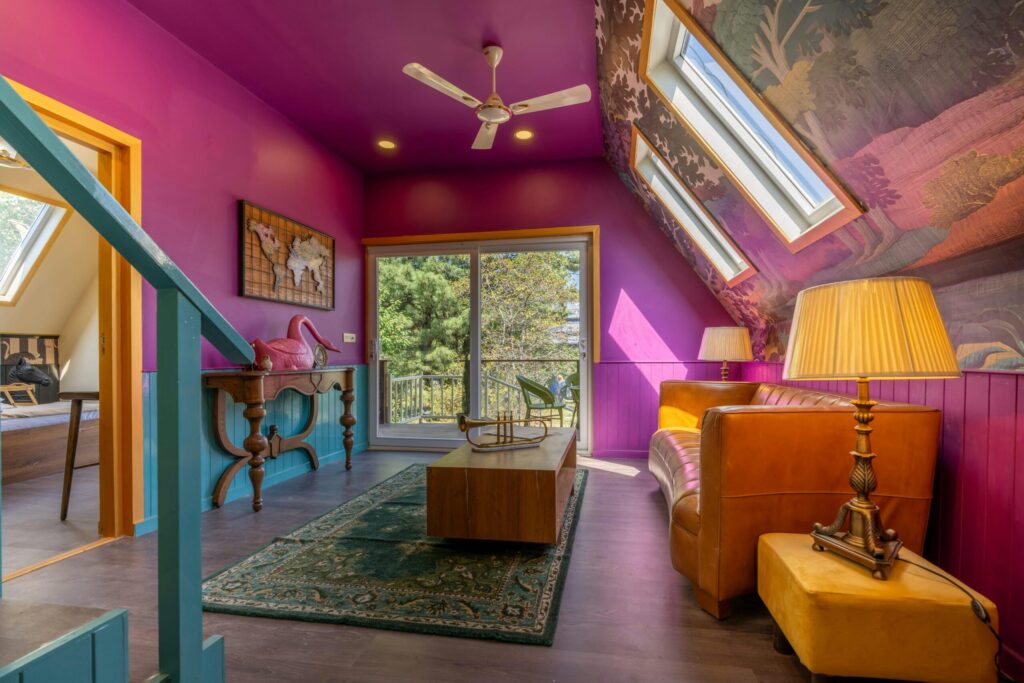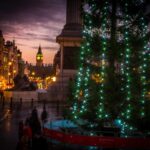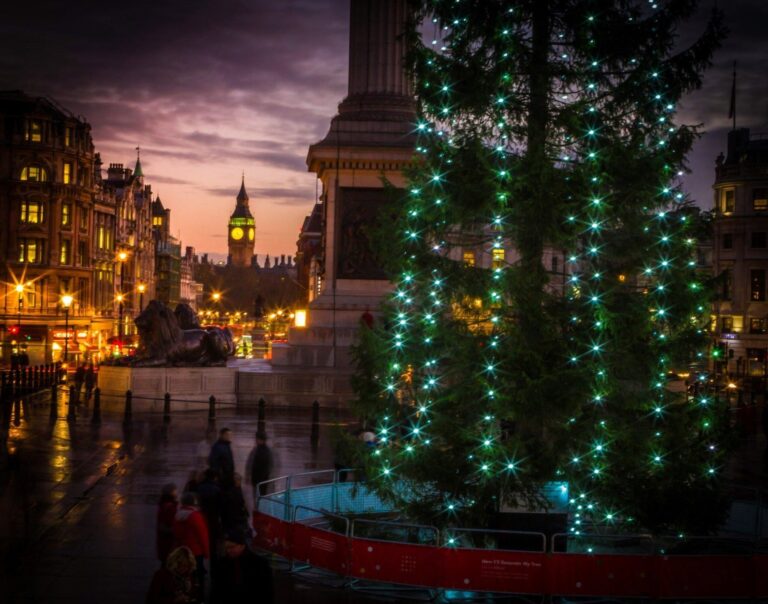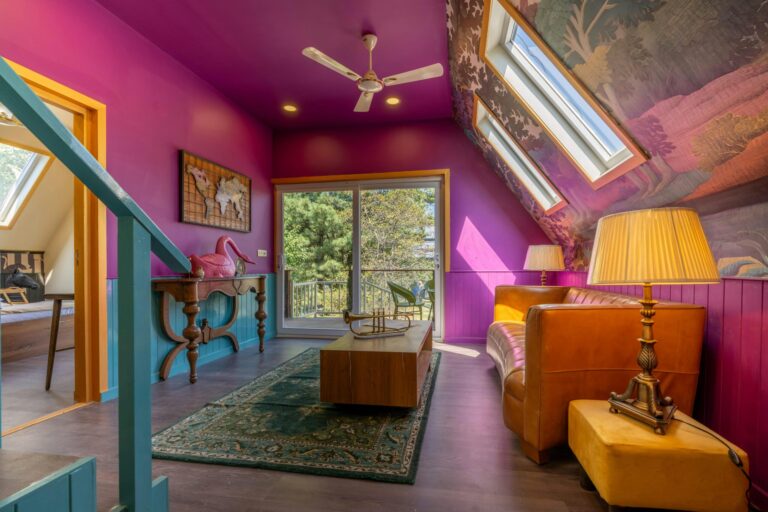WHERE IS MODERN CARNABY STREET? MAPPING LONDON’S FASHION IDENTITY.
By Emily Allen: Columnist (UK)
In the 1960s, London’s fashion identity was vivid and unmissable – just like the bouffant hair (less so the mini skirts!) The capital’s chic heartbeat was centred around Carnaby Street, a short stretch of road that pulsed with rebellion, energy, and trendsetting flair. It wasn’t just a shopping destination; it was a symbol of youth culture, a beacon of mod aesthetics, psychedelic prints, miniskirts, and the kind of confident self-expression that would come to define the era as The Swinging Sixties.
But if you observe the city’s fashion landscape today it’s harder to find that singular epicentre. Where you could once look at a specific postcode to glimpse the focal point, today’s scene is more diffuse, more compartmentalised, and more difficult to pin down. So what happened? Has London lost its stylistic soul – or has it simply evolved and spread more widely over the capital?
To understand the current fashion identity of London, it’s important to acknowledge a broader societal shift that has happened over the past half-century. The 1960s operated under a monocultural framework: media was centralised, subcultures were easily visible, and style tribes ruled. There were mods, teddy boys, rockers, hippies, and many more; all belonged to cohesive communities with identifiable aesthetics and neighborhoods to match.
Carnaby Street was satirised by The Kinks in their 1966 hit, “Dedicated Follower of Fashion,” with “Everywhere the Carnabetian Army marches on, each one a dedicated follower of fashion.
Photography: Liza Poor
In contrast, in the 2020s, fashion is now global, fluid, and often algorithm-driven, boosted by likes, comments and shares. Thanks to social media platforms like Instagram and TikTok, a person’s style is more likely influenced by a Korean fashion blogger or a Parisian micro-influencer than by the people walking down their local high street. Subcultures still exist, but they form online as much as they do in real life – and they transcend the global boundaries of class, geography, and age.
There has also been a massive change to where people shop, and more clothes and accessories are now purchased online than offline, on a high street or in a shopping mall. As a result, fashion in London is no longer focused on one physical location. Instead, it emerges from different areas of the city, influenced by creativity, cultural fusion, and aesthetic rebellion. Rather than a singular district dominating the fashion conversation, London today is defined by a network of style microcosms – each with its own personality, codes, and sartorial expressions.
In the creative crux of East London, especially Shoreditch and Dalston, fashion is about subversion, sustainability, and storytelling.
Key figures include designers like Mary Quant and John Stephen known as the “King of Carnaby Street,” who shaped the mod style
These neighborhoods are havens for independent designers, vintage collectors, and avant-garde dressers who view fashion as a form of social commentary. Here, vintage lovers search for pre-loved items at Saturday morning flea markets, and second-hand jackets are paired with designer trainers. There’s a palpable DIY spirit, and it’s not uncommon to see upcycled garments that have been hand-altered or painted to enhance its uniqueness.
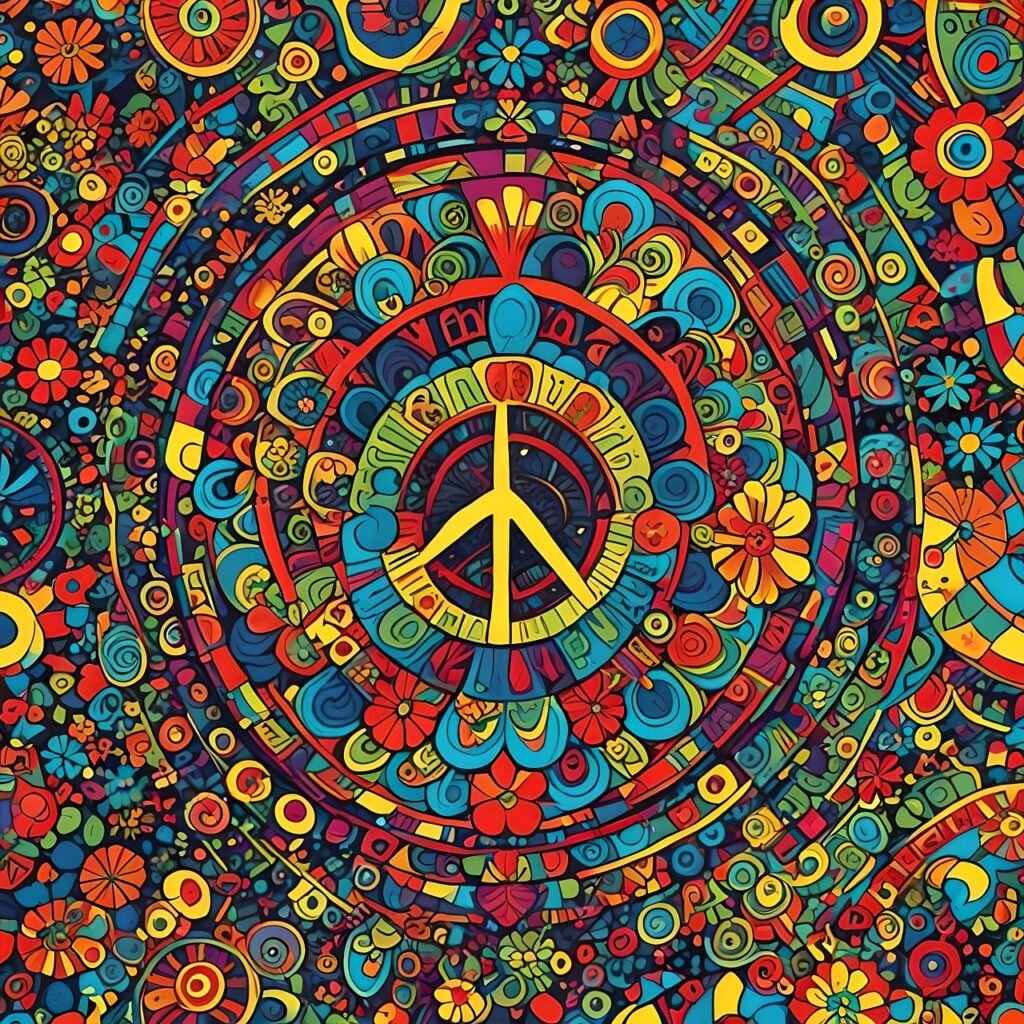
Fashion, Music & Counterculture blend into the foreground.
It’s an iconic cultural heritage, a melting pot of the trendy, the avant-garde and a magnet for human expression.
This area feels most closely aligned with the energy Carnaby Street once held, but with a 21st-century twist. There is more gender fluidity, more streetwear influence, and a strong emphasis on individuality over trend-chasing and cookie-cutter, identikit styles.
Further west, Knightsbridge and Chelsea exude wealth, tradition, and understated sophistication. This is the realm of quiet luxury, where the emphasis is on fine fabrics such as cashmere, impeccable tailoring, and subtle branding. Labels like The Row, Brunello Cucinelli, and Loro Piana reign supreme. Fashion here is not about making a statement – it’s about signaling status and wealth through discretion. In contrast to the more fluid, ever-evolving looks of East London, the fashion here barely shifts with trends – and that’s the point.
Among London’s affluent streets of Notting Hill and Fulham, where its female residents can often be found enjoying expensive drinks and brunches sometimes with a small dog in tow, the look is romantic, feminine, and often expensive.
Flowy maxi dresses, layered jewelry, and designer denim are common, with interspersed boutiques offering curated selections of Parisian brands or high-end vintage. There’s a studied effortlessness to the fashion here, one that suggests long weekends in the country and summers in the south of France.
Continued below…
In central London, however, Soho has become increasingly commercialised, despite once being an eponym for vibrant, alternative fashion and queer expression. Oxford Street, adjacent to Soho, is still the UK’s most famous shopping street, but it’s dominated by fast fashion giants like Zara, H&M, and Primark. There’s a mass-manufactured homogeneity to much of what’s on offer here (though the nearby presence of Liberty London and smaller boutiques injects some much-needed uniqueness and individuality).
Soho’s roots in counterculture still linger in certain corners – independent tailors and experimental designers still exist – but the dominant fashion vibe has shifted from rebellious energy to run-of-the-mill retail.
Another reason for the lack of a clear fashion epicenter in London today is the impact of globalisation and digital influence. With online shopping and virtual influencers, fashion inspiration is just as likely to come from Copenhagen or Seoul as it is from London. Young Londoners may buy their clothes online from Depop and Vinted sellers in Manchester or Japanese streetwear sites, creating hybrid looks that defy regional classification.
This makes fashion easier to access for all, but also less locatable. The street as a site of fashion innovation has been partially replaced by the social media feed, complete with swiping.
For some, the lack of a unifying fashion zone like Carnaby Street represents a cultural loss, but others might see it as a gain: a freer, more inclusive, and more diverse landscape where multiple aesthetics can thrive side by side. There’s no one place to go to see “London fashion” anymore, and its fashion scene reflects that complexity.
If Carnaby Street in the 1960s was about concentrated energy, today’s London is about dispersed creativity. Fashion isn’t centralised in a street — it’s everywhere. It’s in a pop-up in Peckham, a concept store in King’s Cross, a market in Hackney, a runway in Mayfair, and an Instagram shot in Camden. The city hasn’t lost its fashion identity; it’s simply wearing multiple hats at once.
Read Emily's other articles via her showcase profile. Dont forget to give her your Star below. Writers with 100 Stars get a reward.
© 2025 Houghton & Mackay. All Rights Reserved. The content in this publication may not be reproduced in any form without prior permission to the rights owners. Article header by Sam Mino, Painted wall by Jean Philip Delberghe, Scooter photography: Tuan Vy, Top header in black and white by Stuart Kirk, lady in headscarf picture: Bianca VanDijk : Learn more about Houghton & Mackay on the main Business Website.

